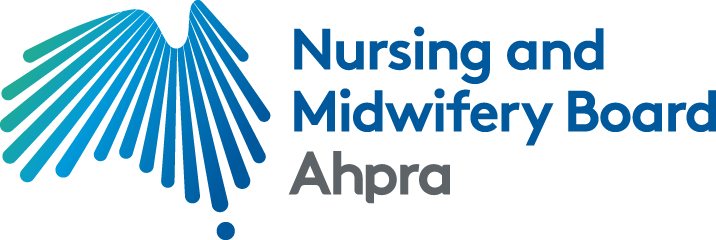Close
Chinese medicine board renewal issue:
We are currently experiencing a temporary issue with renewing registrations for Chinese medicine practitioners. This issue does not affect any other profession. We are working to fix this issue as soon as we can and we thank you for your patience. We will remove this notice when you can renew. If you need to confirm your registration status, the Register of practitioners is the best way to do so.
National health practitioner boards
Close
Page reviewed
19/03/2025
